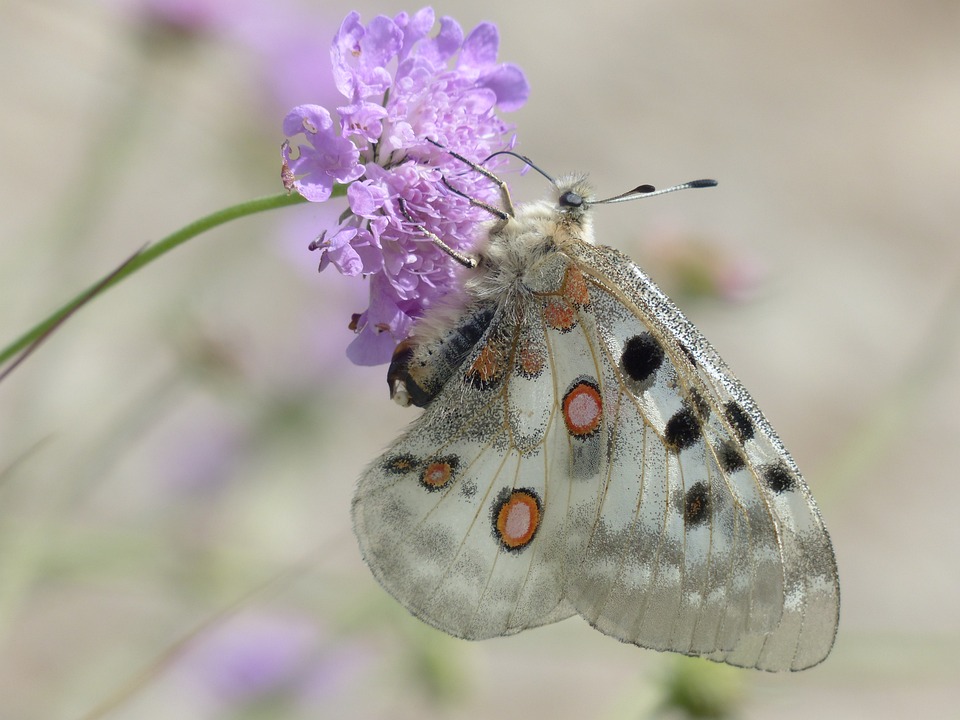Researchers have discovered much evidence that supports the Sahara desert having once been a far more damp area, in which 1000s of various animals and plants once thrived. Elephants, wildcats, and giraffes are all portrayed in ancient art from the area. While the Saharan cheetah is occasionally seen in the desert, the rest of these species have died out and no longer inhabit the area, instead living in the regions that have a larger variety and quantity of plant life and water resources. Even though so many species of animals have died out or migrated from the Sahara desert, many still remain and rely on the native Saharan vegetation for food. There are three specific animal species that feed on these Sahara desert plants.
About forty varieties of rodents thrive in the hot, dry climes of the Sahara desert. They dig underground channels and survive beneath the surface of the desert, shielded from the brutal heat and predatory carnivores that also roam the Sahara. The rodents come out at night to forage for various plants, seeds, and roots.
When picturing the Sahara desert, one almost instantly visualizes a camel strolling along. The camel is, in fact, designed to thrive in desert conditions. Camels can last over a fortnight without any nourishment whatsoever, and what little food they do consume is quite simple: clumps of dry grass found along the surface of the Sahara.
The addax is native to the Sahara desert, and is the most voluminous of the species that still live there. They are similar to deer and migrate in groups. The addax is another herbivore that eats clumps of grass that grow all along the sand dunes of the Sahara.
As you can see, Sahara desert plants are very important to the ecology of the region, offering nourishment to many species that thrive in the otherwise harsh desert climate. If these plants were to die out, it would set off a detrimental chain reaction. The plant-loving animals mentioned above would become extinct, and in turn the larger, carnivorous animals that prey on them, such as snakes and foxes, would quickly die off as well.
